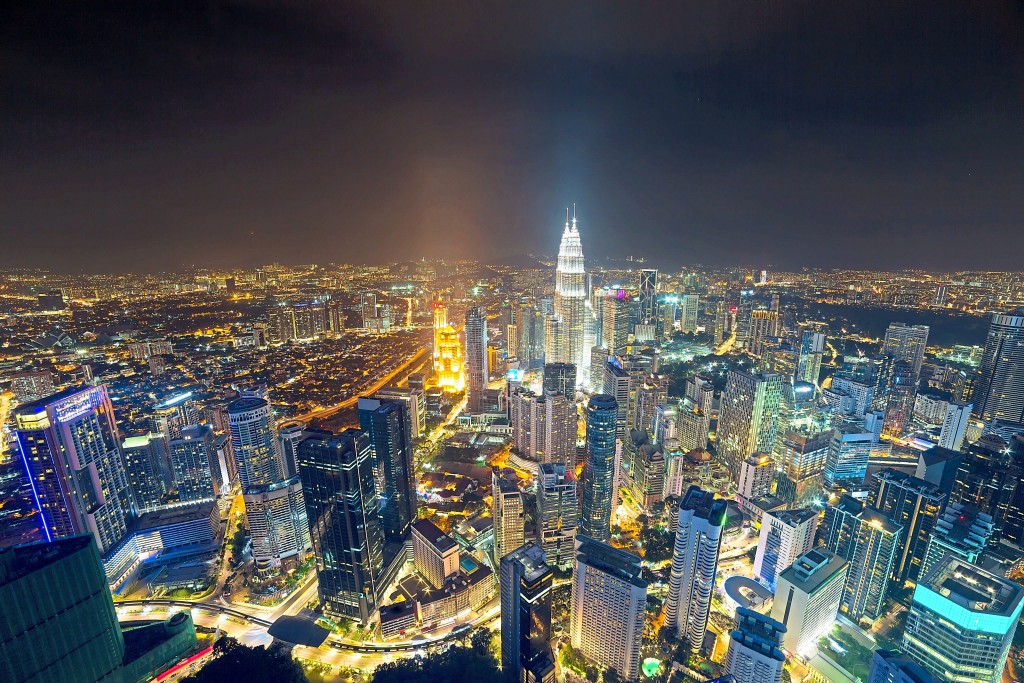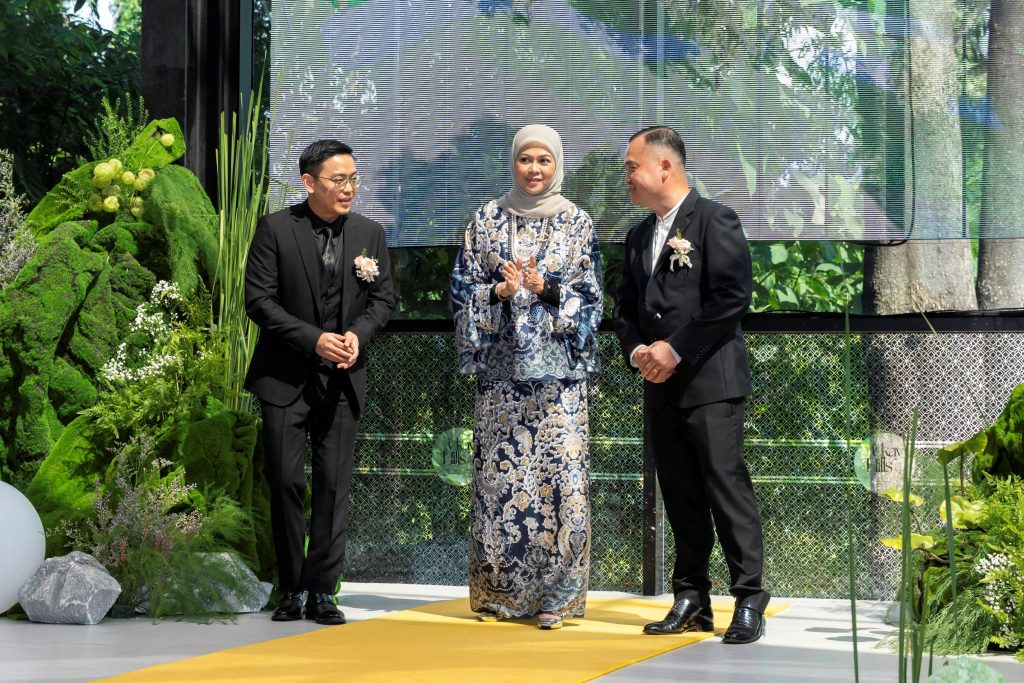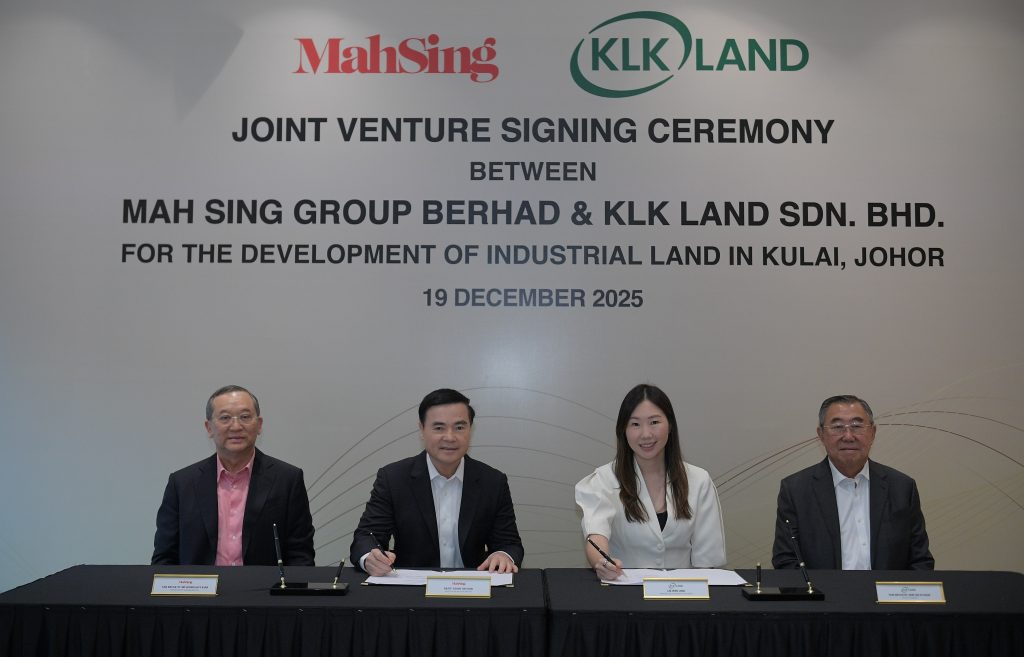People continually move in and out of cities over time
The dynamics of urban living have undergone significant shifts over the years, with people's preferences oscillating between city centres, suburbs and a renewed interest in returning to the city. This trend reflects changing lifestyles, economic factors and evolving urban development.
This continued shifting of the population adds many challenges to cities as well as the possibility of creating urban sprawl, an uncontrolled expansion of urban areas into surrounding rural or undeveloped land. It is a phenomenon that has been observed in various parts of the world, including Malaysia. The rapid urbanisation and economic growth experienced by Malaysia over the years have contributed to the emergence of urban sprawl in several regions of the country.
In the past, cities were the primary hub of economic activity, cultural offerings, and social opportunities. As a result, many people flocked to urban areas in search of better job prospects, entertainment options and a vibrant lifestyle. The allure of city living was characterised by the convenience of amenities, diverse communities and a bustling atmosphere.
However, as cities became more crowded and expensive, some individuals and families started seeking alternatives in the suburbs. The suburbs offered larger homes, more green spaces and a quieter, family-friendly environment. The appeal of suburban living lay in the promise of more space, a sense of community and better affordability.
“The proximity to the city is important but more than that, it is access. So you could live far away, but if you could jump on a train and go anywhere, you would be okay, and if you had amenities, then you would be okay,” Rahim and Co International Sdn Bhd real estate agency chief executive officer Siva Shanker said in an earlier interview.
While the increased accessibility of the modern day has made city-centric locations less important, Siva also pointed to the fact that now, there are fewer properties available in the inner city and close suburbs, increasing their price substantially.
“Most people can't afford the inner city and the close suburbs, so (they have) no choice but to move outwards. Once you know you have to go further away, then the location itself is less important because you know already you cannot afford it. So the question now is whether you go further away in this direction, or in that direction,” he added.
The shift to the suburbs was facilitated by improved transportation infrastructure, making commuting between suburban areas and city centres more feasible. Additionally, the availability of suburban amenities such as shopping malls, schools, and recreational facilities made these areas more self-sufficient and attractive for residents.
Urban sprawl in Malaysia has both positive and negative consequences. On the positive side, it can provide housing opportunities for a growing population and create economic development in previously underdeveloped areas. It may also result in improved access to services, amenities, and employment opportunities for residents living on the outskirts of cities.
However, urban sprawl also poses challenges and drawbacks. It can lead to increased traffic congestion, longer commuting distances, and a greater reliance on private vehicles. This, in turn, contributes to environmental issues such as air pollution and greenhouse gas emissions. Urban sprawl can also lead to the loss of agricultural land, natural habitats, and green spaces, impacting biodiversity and the overall quality of the environment.

Urban sprawl can lead to increased traffic congestion, longer commuting distances and a greater reliance on private vehicles.
To manage urban sprawl effectively, urban planning and land-use policies play a crucial role. Implementing measures such as compact city development, promoting mixed land-use patterns, and improving public transportation systems can help curb urban sprawl and promote sustainable urban growth. It is important to strike a balance between accommodating the needs of a growing population and preserving the environment and quality of life for both current and future generations.
However, in recent years, there has been a renewed interest in returning to the city. This shift can be attributed to several factors. Firstly, younger generations, such as millennials and Gen Z, are increasingly prioritising proximity to work, entertainment venues, and a vibrant social scene. The desire for a dynamic urban lifestyle has driven them back to the city, seeking the energy and opportunities that urban centres provide.
Furthermore, there has been a revitalisation of city centres as governments and developers invest in urban renewal projects. These initiatives aim to create more livable, walkable cities with improved infrastructure, public spaces, and cultural offerings. As a result, city centres have become more attractive for both residents and businesses.
“The three states with the highest population composition in 2022 are Selangor (21.6%), followed by Johor (12.3%) and Sabah (10.4%). On the other hand, WP Labuan and WP Putrajaya recorded the lowest population composition at 0.3% and 0.4% respectively.
“However, WP Putrajaya recorded the highest annual population growth rate for the period 2021-2022 which is 4.3%. For the first time, the population of Melaka surpassed the one million mark in 2021,” according to the Malaysian Department of Statistics.
On average, Malaysia has a population density of 99 people per sq km (pskm). Kuala Lumpur has the highest population density with 8,045 people pskm, followed by Putrajaya (2,418) and Penang (1,656).
The changing nature of work has also played a role in the return to the city. With the rise of remote work and flexible schedules, people no longer need to be tied to suburban locations for employment. This newfound freedom allows individuals to prioritise proximity to urban amenities and lifestyle preferences when choosing their place of residence.
The concept of mixed-use developments has also contributed to the appeal of urban living. These developments integrate residential, commercial, and recreational spaces, creating a sense of convenience and community within city centres. Residents can enjoy the benefits of having shops, restaurants, and entertainment options just steps away from their homes.
Ultimately, the ebb and flow between city and suburban living reflect the ever-changing needs and desires of individuals and families. While some seek the tranquillity and space offered by the suburbs, others are drawn to the vibrancy and opportunities of urban centres. As cities continue to evolve and adapt to meet the demands of their residents, the cycle of migration between cities and suburbs is likely to persist, reflecting the dynamic nature of urban living.
Stay ahead of the crowd and enjoy fresh insights on real estate, property development, and lifestyle trends when you subscribe to our newsletter and follow us on social media.












































